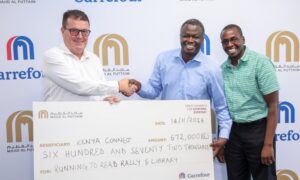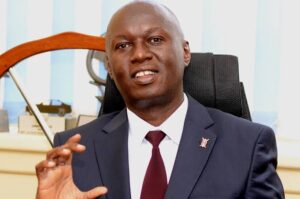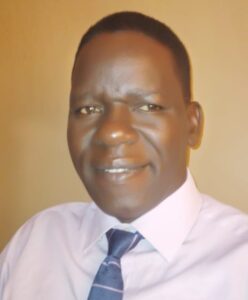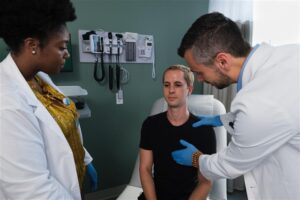Integrating Traditional Medicine into Health Care Systems Key to Attaining UHC
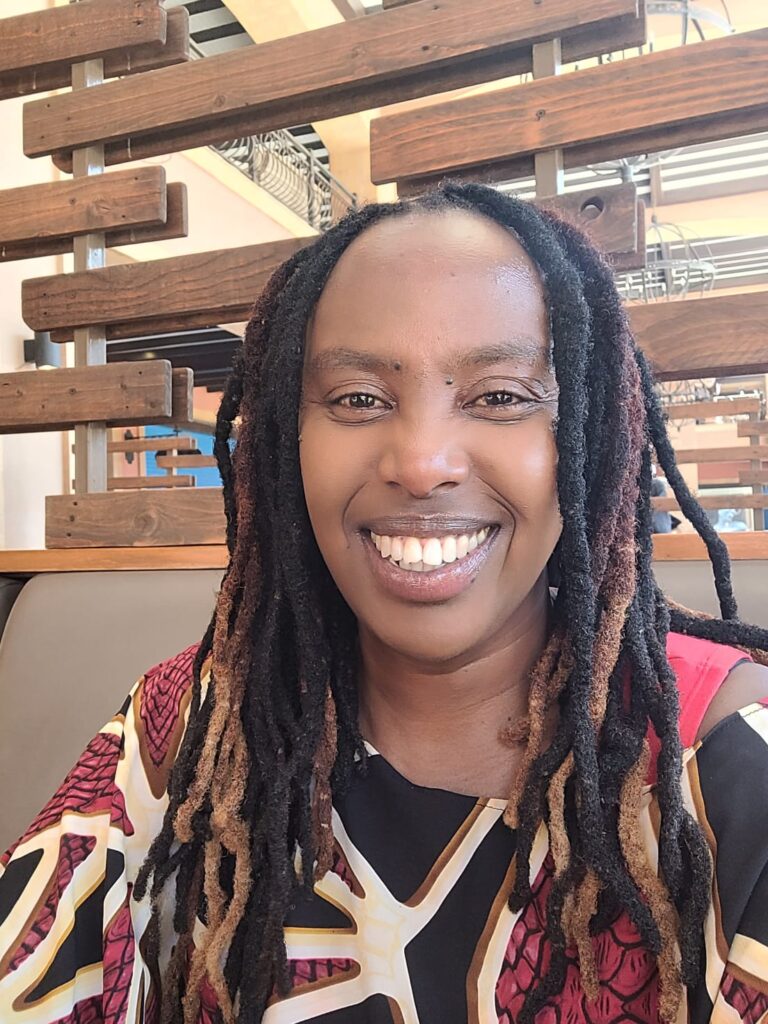
By Harriet Ng’ok
Inadequate access to and cost of modern medicines and drugs to treat and manage diseases in middle and low income countries, especially in Africa, may have contributed to the widespread use of traditional medicines in these regions, especially in poor households.
A study published in the African Journal of Traditional, Complementary and Alternative Medicines (AJTCAM) posits that in 36 low and middle-income countries, drugs were reportedly way beyond the reach of large sections of the populations.
Therefore, according to the study titled Trends and Challenges of Traditional Medicine in Africa, the widespread use of traditional medicine in Africa can be attributed to its accessibility.
For instance, the ratio of traditional healers to the population in Africa is 1: 500 compared to 1:40 000 medical doctors. Indeed, majority of medical doctors available in Africa are concentrated in urban areas and cities at the expense of rural areas. Therefore, for millions of people in rural areas, native healers remain their health providers.
It is noteworthy that prior to the introduction of modern medicine, traditional medicine used to be the dominant medical system available to millions of people in Africa in both rural and urban communities. However, the arrival of the Europeans marked a significant turning point in the history of this age-long tradition and culture. That notwithstanding, the role of African traditional medicines cannot be overstated. In Africa, according to WHO, traditional medicine is culturally entrenched, accessible, and affordable, and serves as primary source for healthcare to more than 80% of the population across the continent. This practice capitalizes on the rich biodiversity (plants and herbs) and effectively balance the relationship between man and nature, as well as indigenous knowledge passed on through generations.
Traditional medicine is also important because it represents a multibillion industry that can help boost the economy of a country, if well managed.
In addition, the use of quality-assured traditional medicine can make it easier to provide health care, especially in remote rural areas where conventional health care systems are limited. Whereas modern medicine demands standard dosages that tend to vary only with bodyweight or severity of disease, traditional healers are more likely to give their patients a unique dosage or combination of medicines that is concocted only during the consultation and based on the patient’s symptoms. Indeed, empirical evidence has shown that a number of traditional medicines are important and effective therapeutic regimens in the management of a wide spectrum of diseases, some of which may not be effectively managed using Western medicines.
It is in recognition of the prominent role played by traditional medicines that over two decades ago, WHO designated 31 August every year to mark African Traditional Medicine Day, to honour the integral role of traditional medicine in the health and welfare of generations of people on the continent.
Notably, Member States have used the day to catalyze discussion forums around national policies on traditional medicine, cultivation of medicinal plants, including training of traditional health practitioners, and their collaboration with their conventional counterparts.
These activities prompted more than 40 African Region countries to develop national traditional medicine policies by 2022, up from only eight in 2000. In Ghana, for instance, the Government reimburses patients’ consultations with traditional health practitioners through an insurance scheme and is planning to do the same for the herbal medicines in its national essential medicines list. This is to ensure increased access and affordability to health services. Harriet’s Botanicals, a company domiciled in Kenya but exporting within Africa and globally, has made some significant strides in the integration of Traditional Indigenous Medicine with Allopathic medicine. It has accomplished this by working with stakeholders such as the University of Nairobi Pharmacology and Pharmacognosy department, the Ministry of Culture and lately lobbying for thorough regulation and legislation in health to push this agenda forward. The company has received patents, copyrights and trademarks for their products and also work directly with medical practitioners such as doctors.
According to WHO, 30 countries have also integrated traditional medicine into their national policies, a 100% improvement on the situation in 2000. Additionally, 39 countries have established regulatory frameworks for traditional medicine practitioners, compared to only one in 2000, demonstrating good governance and leadership.
Despite these positive steps, challenges in embracing traditional medicine still abound. Introduction of Western culture particularly into rural parts of Africa has had a tremendous negative impact on the role traditional medicine plays. As Western education, Christianity and increased contact with the global community become an integral part of rural communities, taboos, traditions and customs have been affected and in some instances abandoned altogether.
These challenges notwithstanding, there is increasing evidence that traditional medicine would continue to hold sway in both rural and urban communities of Africa even when modern health care facilities are available to meet wide range of health care needs. To minimise the current distrust between modern and traditional doctors and to achieve the objective of regulation, standardisation and cooperation, both traditional and modern doctors must acknowledge their areas of strengths and weaknesses from which they operate and be genuinely concerned about the need to attain Universal Health Coverage (UHC).
The author is founder and owner of Harriet’s Botanical

